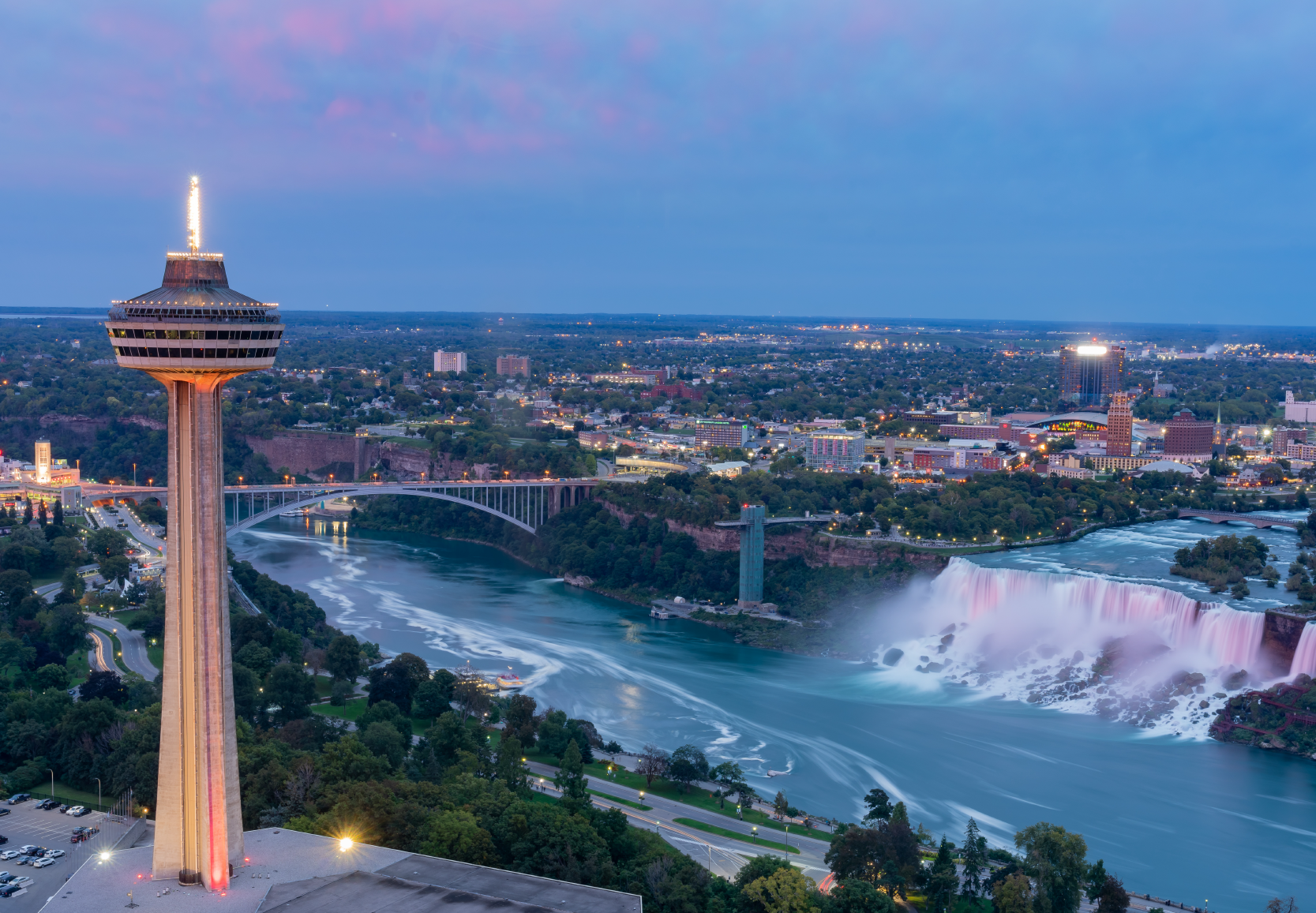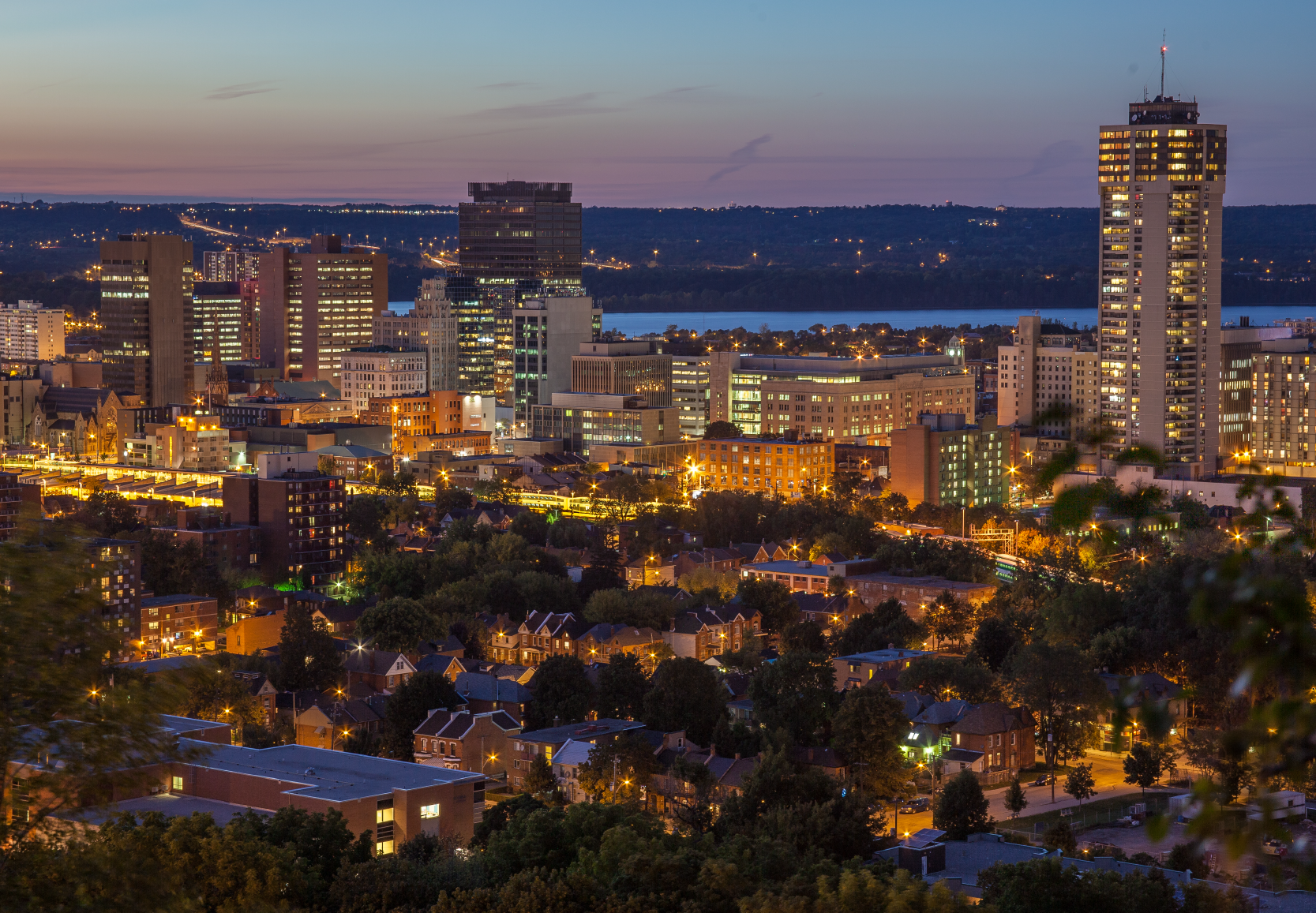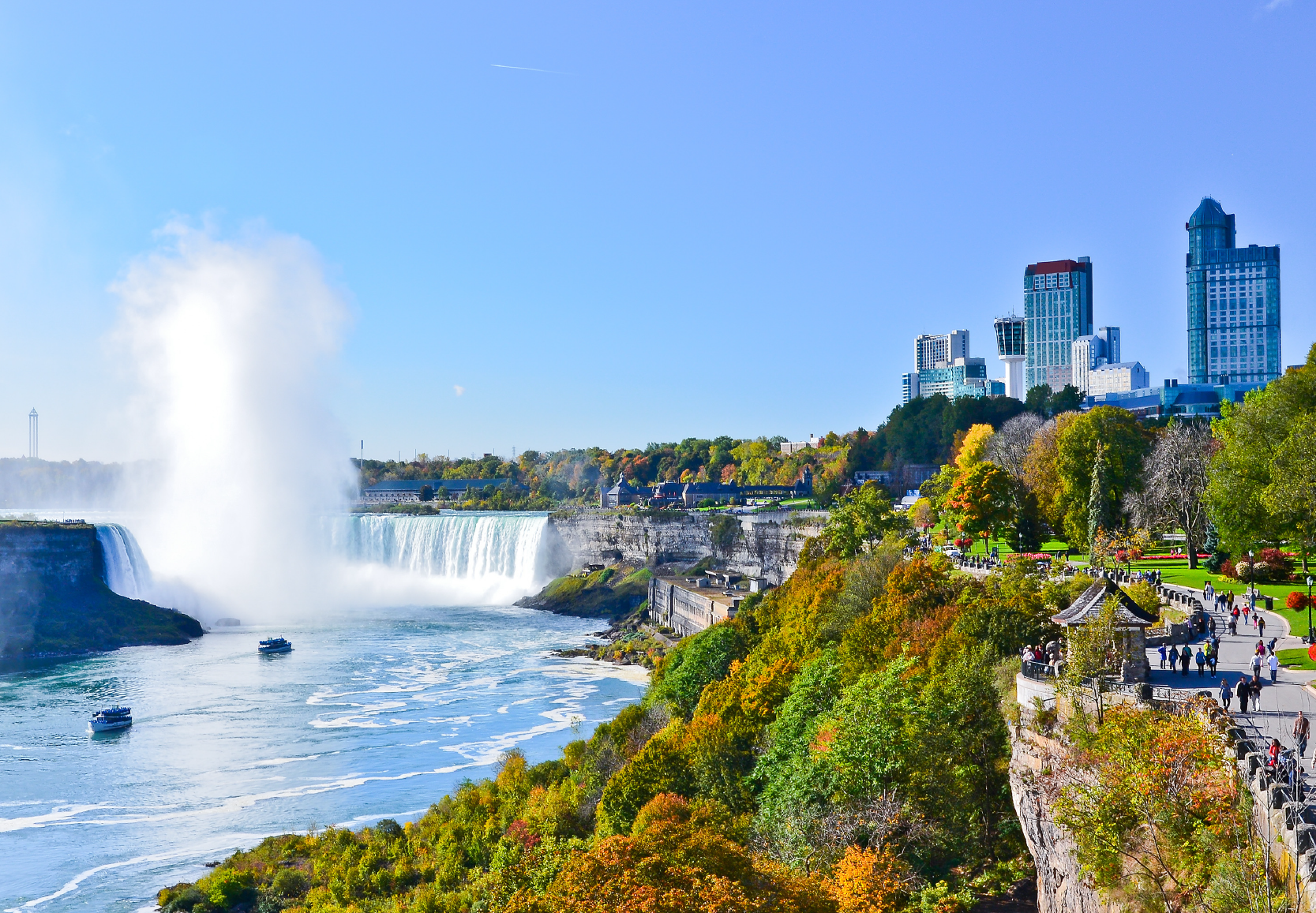The Niagara and Hamilton regions have long been popular tourist destinations, but the allure of witnessing a total eclipse on April 8th drew in over 200K visitors1 and had a significant impact on the local economies. Positioned directly within the path of totality, where the moon fully blocks the sun, the two cities were prime viewing grounds for eager spectators.
Hotels were booked months in advance, with many offering special eclipse-viewing packages. Restaurants and attractions saw a surge in consumer spending as eager eclipse enthusiasts flocked to the area to experience this once-in-a-lifetime event. The Total Solar Eclipse was not only a scientific spectacle but also a major draw for tourism, injecting a significant boost into the Niagara and Hamilton economies. Spending in some categories eclipsed previous spending by nearly 200%.
The Moneris Data Services team collected and analyzed consumer spending data, including transaction numbers and volume, to understand the economic impact of this celestial spectacle.
Here’s what they found:
Niagara- The Epicenter of Spending
Among Ontario’s eclipse hotspots, Niagara Falls emerged as the undisputed champion. Moneris consumer spending data shows that the rare celestial event contributed to more than a one-day spike. Spending and transactions ramped up significantly throughout the entire week leading up to the eclipse. This suggests that many visitors planned extended trips, turning the eclipse into a full-fledged vacation.

The week kicked off strong, with a whopping 50% increase in transactions compared to the previous week. The transaction count peaked on the day of the event, nearly doubling weekly transactions by 99%.
Here's a breakdown of consumer spending in Niagara:
- Tourist attractions and exhibit sales increased by 148%.
- Hotel spending increased by 191%, and the average transaction value also increased by 48%.
- Spending in parking lots increased by 108%, and the average transaction value increased by 65%.
- Restaurants saw an increase of 160% in consumer spending, and the average transaction value also increased by 126%.
Hamilton's Stellar Showing
While not as significant as Niagara, Hamilton also enjoyed a spending boost. The transaction count saw a noticeable rise mid-week, suggesting a later influx of visitors.
On the big day, Hamilton experienced a 50% increase in transaction volume, demonstrating a surge in spending. However, the transaction count increase overall was more modest at 18%.
Here’s a breakdown of consumer spending in Hamilton:
- Car rental spending decreased by 10%, possibly due to the increase in public transit options on the day of the eclipse.
- Transportation saw an increase of 175%, and the average transaction value also increased by 255%. This is likely due to the increased use of taxis or ride-sharing services to get around during the eclipse in addition to public transit.
- Hotel spending increased by 119%, and the average transaction value also increased by 163%.
- Parking lots saw an increase of 5%.
- Restaurant spending increased by 54%, and the average transaction value also increased by 24%.

The maximum totality (maximum coverage of the sun) at Niagara lasted 3 minutes and 32 seconds between 3:18 p.m. and 3:21 p.m. EDT and 1 minute and 47 seconds between 3:18 p.m. and 3:20 p.m. EDT at Hamilton.
The last total eclipse in the Niagara-Hamilton area was in 1925 and the next one won't be until 2144. Many chose these two locations to get the best view, turning this astronomical phenomenon into a memorable vacation and a significant economic driver.
Interested in more data-related insights? Check out Moneris Data Services.
_______________________________________________________________________
Article filed under:
insights and trendsShare

